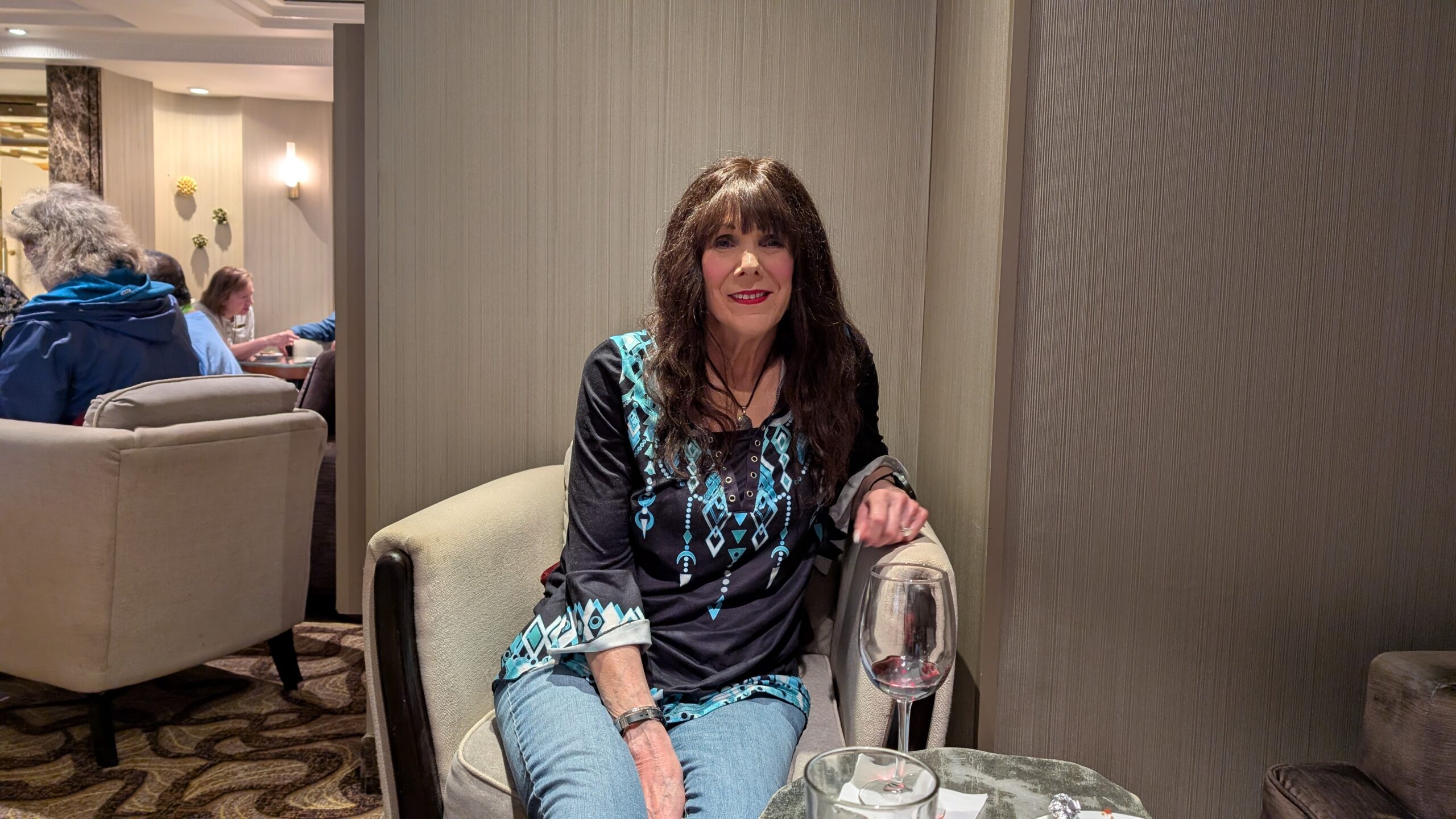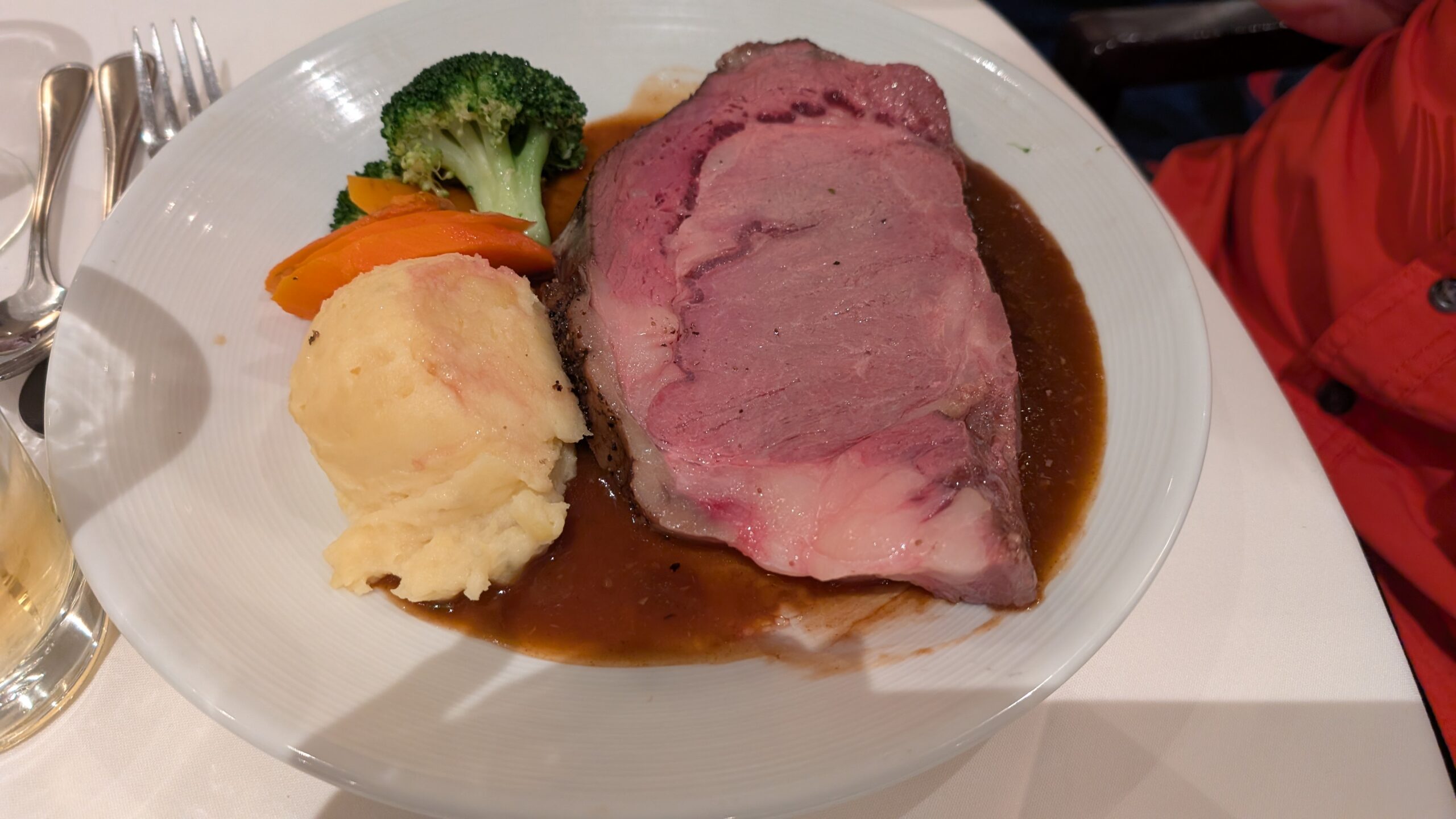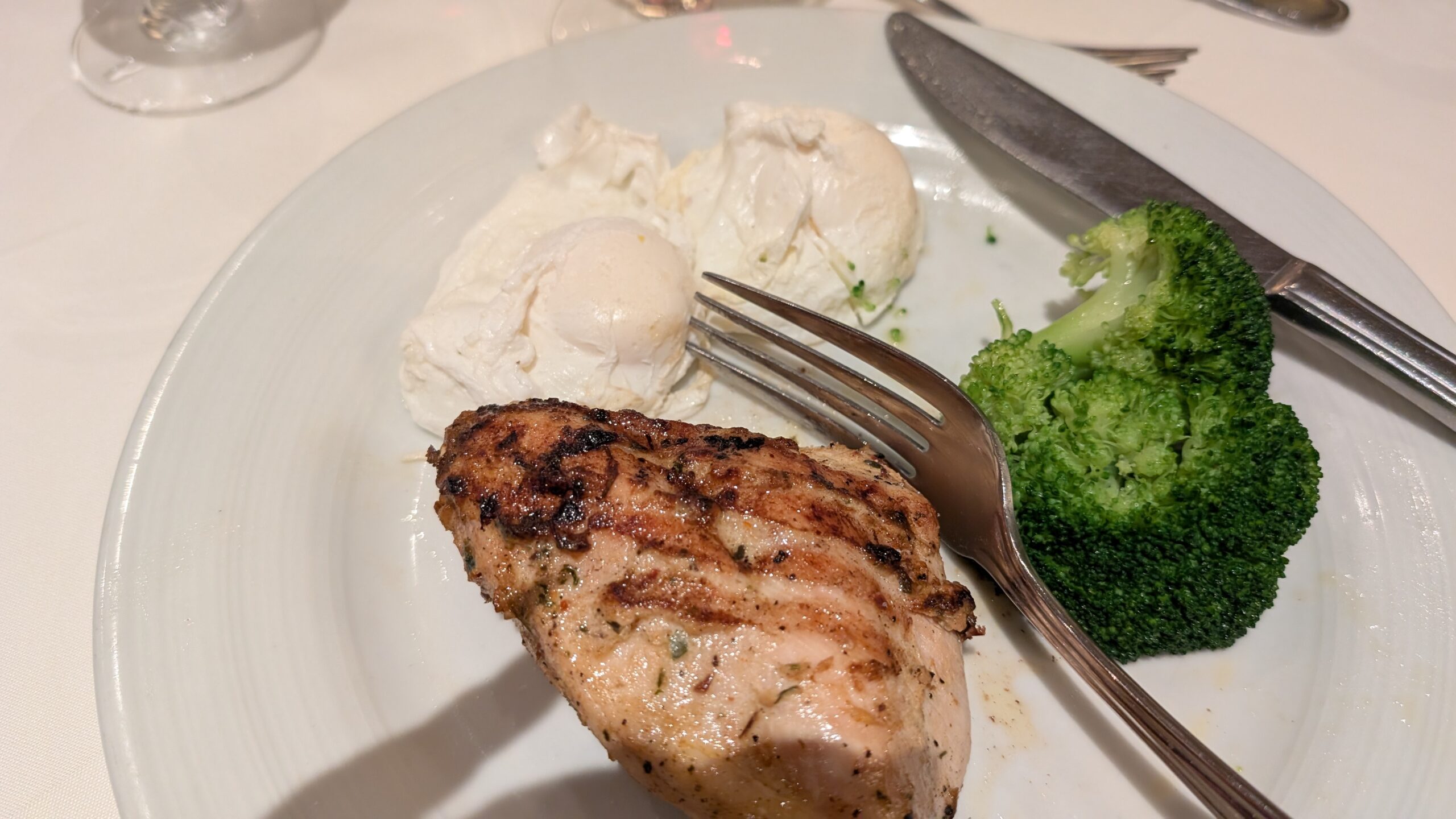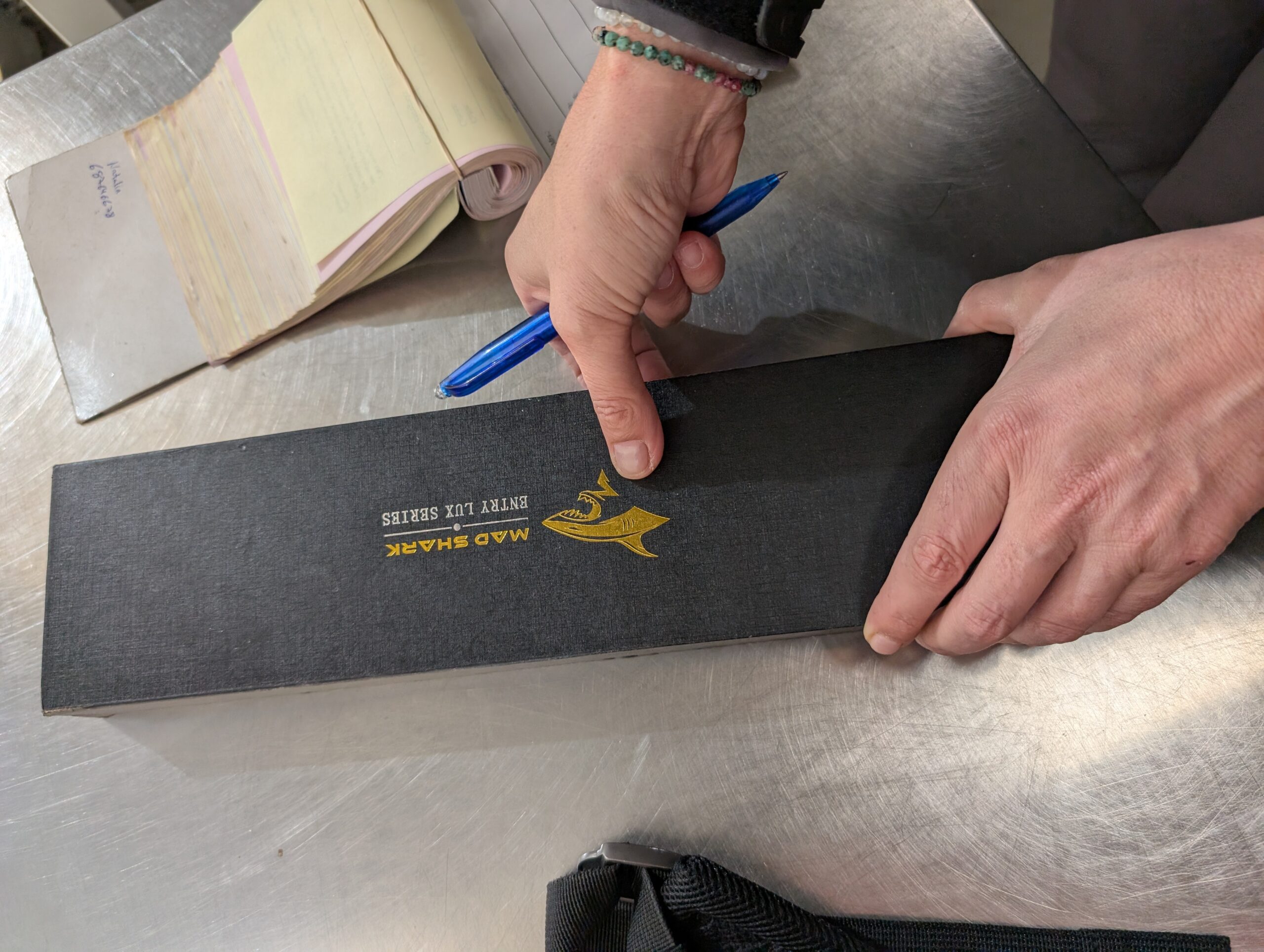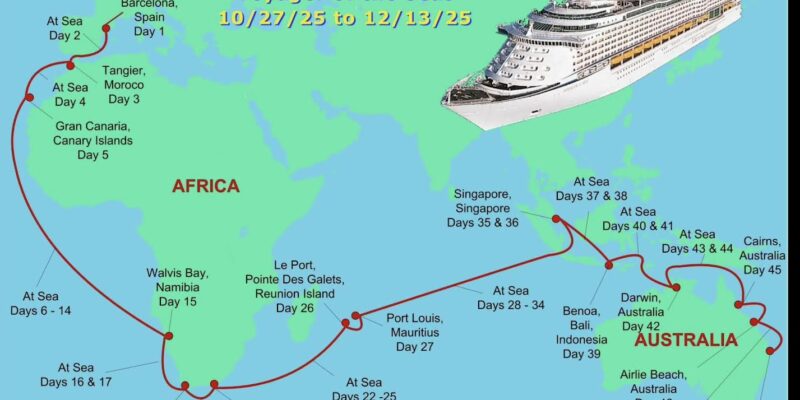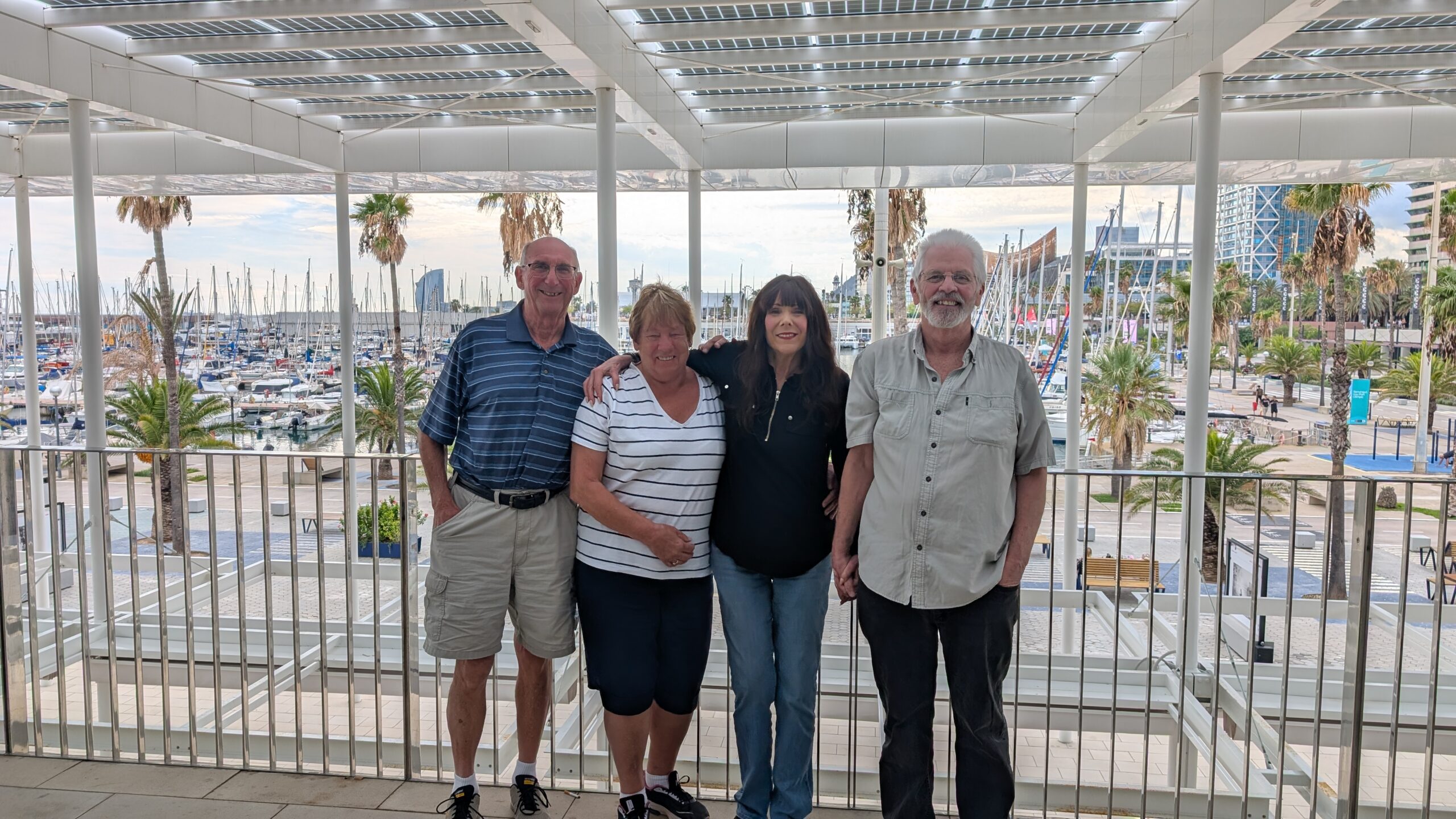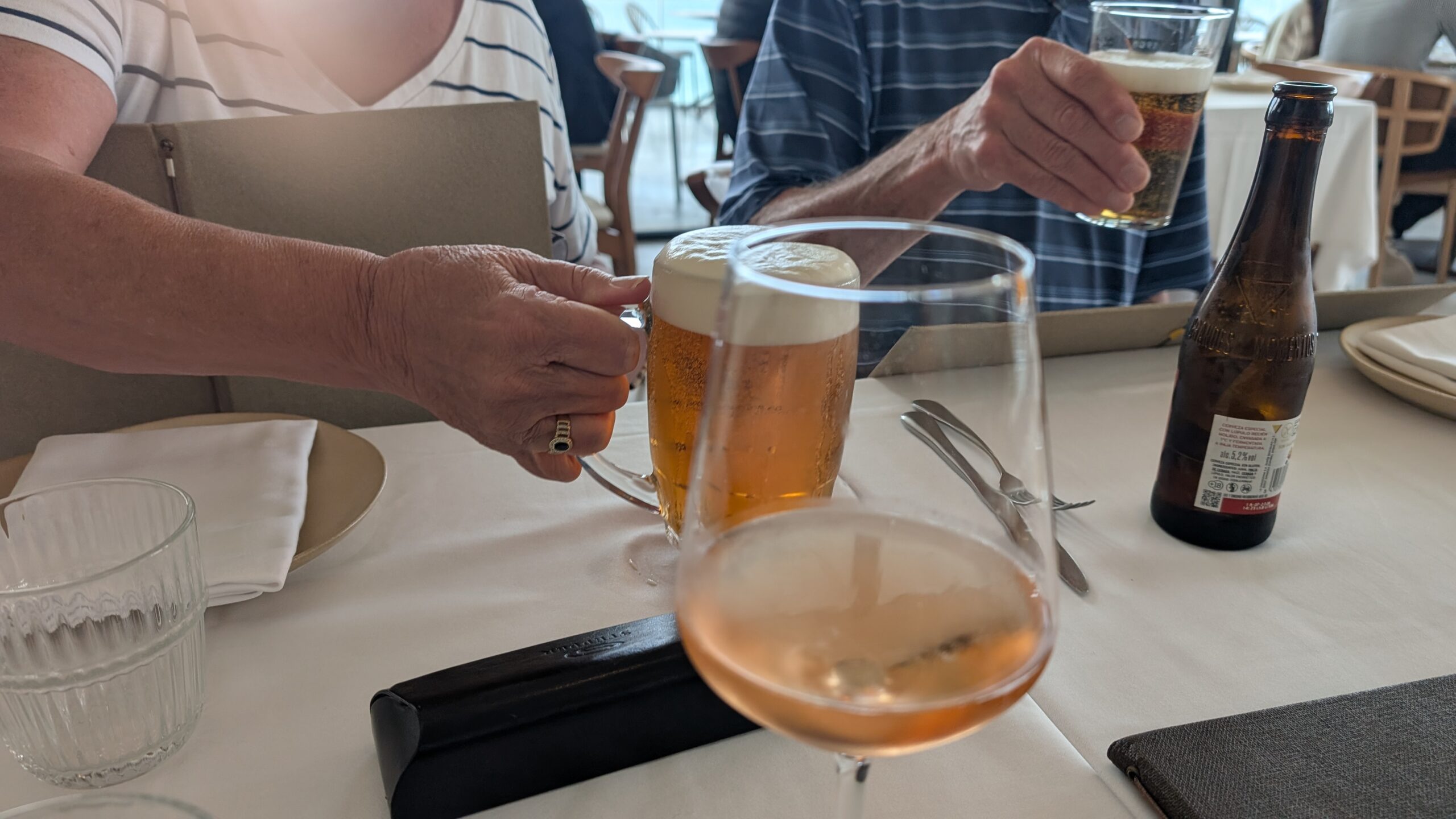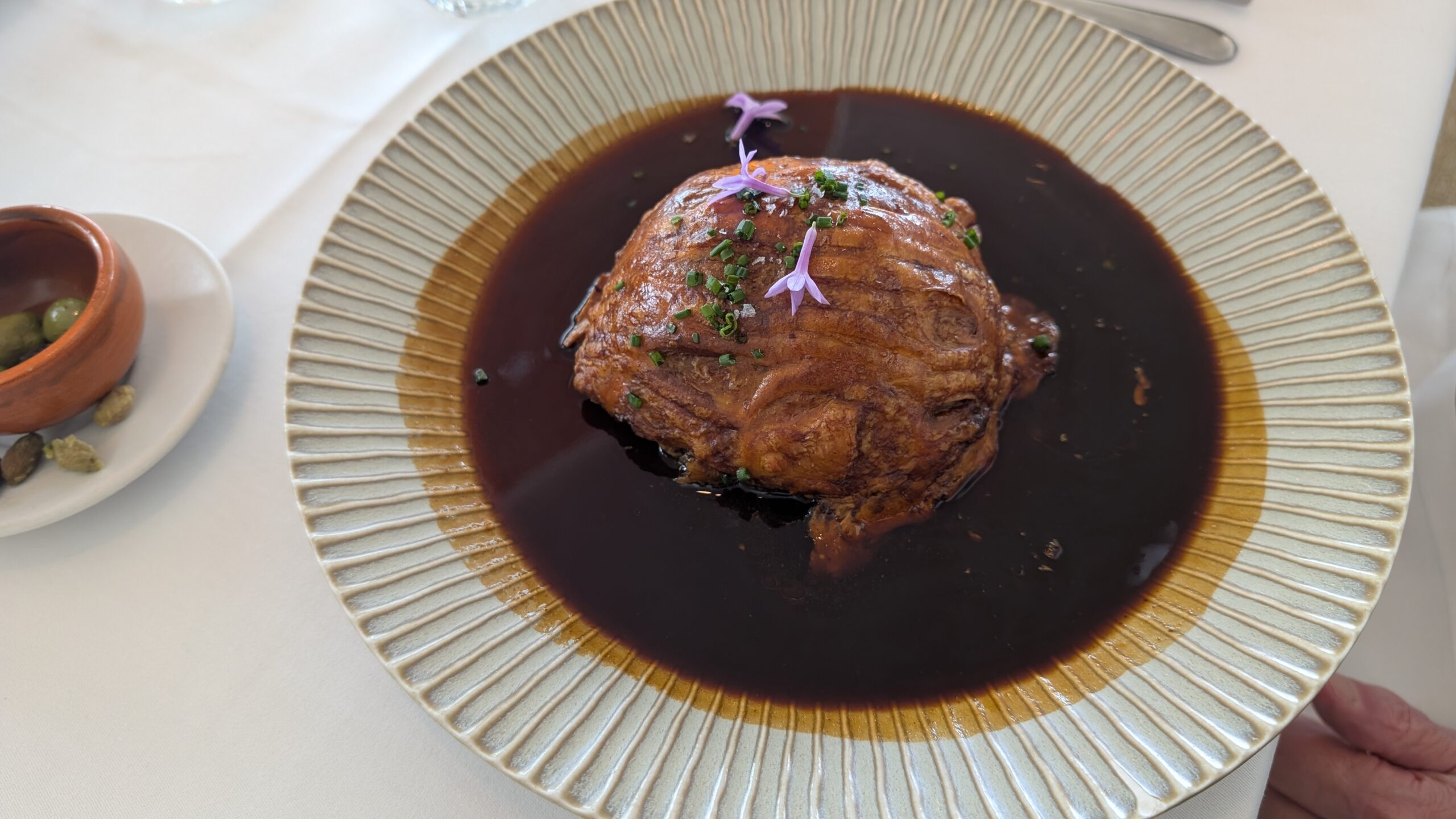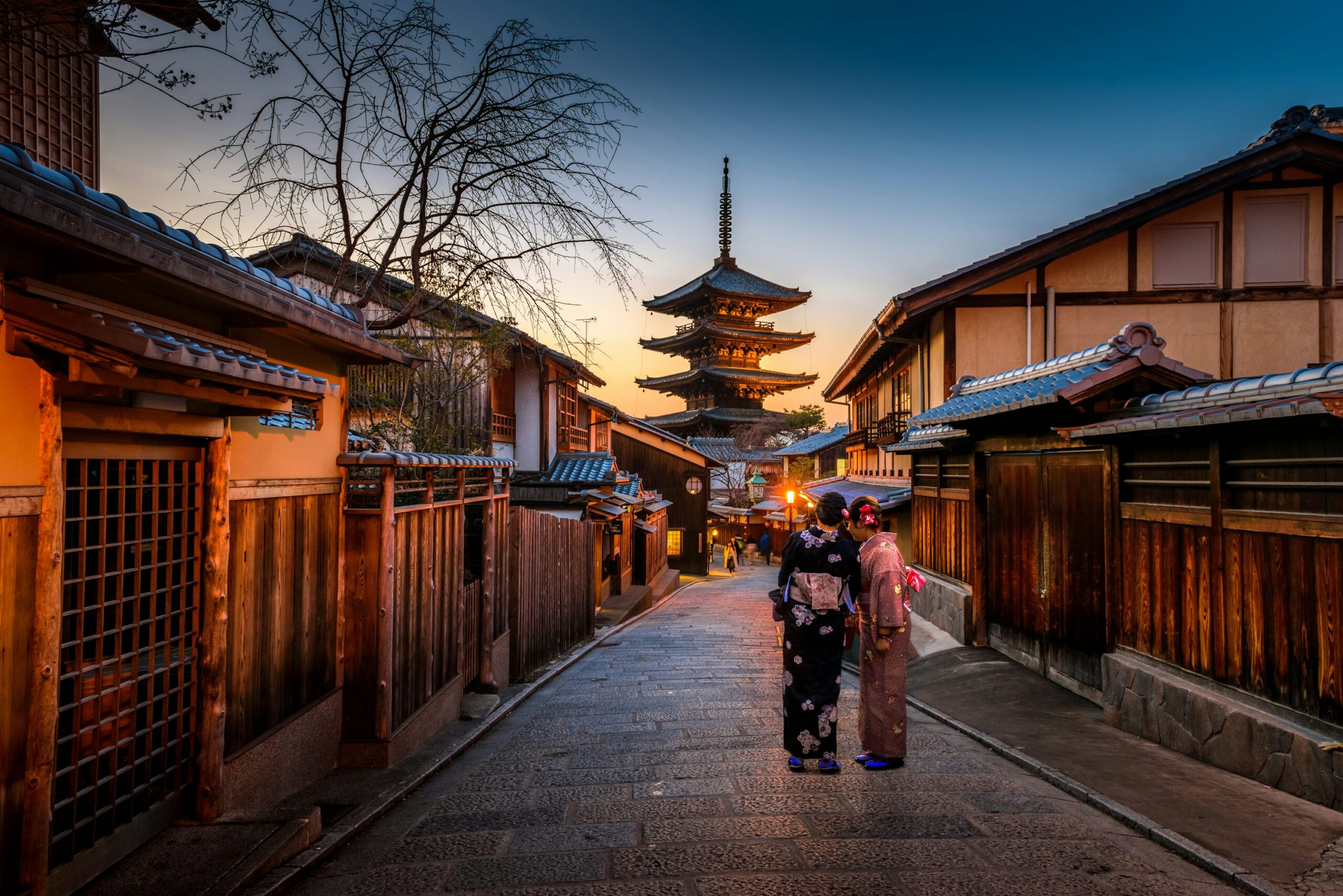
Today, we’re in Tangier, Morocco, but we don’t plan to get off the ship. After all, we spent 2½ years in Morocco during our early travels and found that Tangiers is not much different from where we stayed in the Big Square and the Medina, living in a riad.
There were no tours available that didn’t include walking on uneven surfaces, up and down stairs, and shopping, none of which we care to do. Most of the passengers we’ve spoken to are disembarking to shop. There’s a huge shopping mall across from the port. At this point, neither of us could fit a toothpick in our luggage.
Many ports of call are about shopping, which undoubtedly benefits the local economy. Many passengers find shopping at ports of call a highlight of their cruising experience. However, many enjoy a variety of historic and scenic sights offered in the area.

Here’s some information about Tangier.
Dear readers, we realize many of you expect us to participate in many tours at ports of call. But with my walking limitations and lack of desire to shop, we will only disembark the ship when it suits us. As much as we’d like to acquire more content that appeals to all of you, we tend to partake in events that appeal to us the most.
After posting almost 5000 posts over the past 13 years (two days until our 13th travel anniversary), we’ve decided that at this point, we will only seek experiences that are new, most enriching, and appealing. On this 47-night cruise, there will be plenty of those opportunities.

We love sea days. Yesterday, we attended a fantastic seminar on the history of Motown and have since spent time with the knowledgeable and friendly speaker, David. He’ll be presenting a few more music seminars over the next few days, and we’ll attend them.
Also, yesterday, we played three trivia games with other passengers. Last night was dressy night, and I could kick myself for never asking someone to take our photo. However, there will be several more dressy nights, and we promise to do so then.
We enjoyed a lovely dinner at a shared table in the dining room. The conversation was lively and animated, and it couldn’t have been more fun. Tonight is “white night,” but I don’t have any white pants, only a white shirt, which I’ll wear. Tom has a white shirt and pants.
We love all the socializing and meeting new people, our favorite aspect of cruising.

At noon, we’ll head to the main theatre for a movie we haven’t seen. After that, there are several trivia games to keep us busy for the remainder of the day.
We’ll be back with more tomorrow.
Be well.
Photo from ten years ago today, October 29, 2015:







